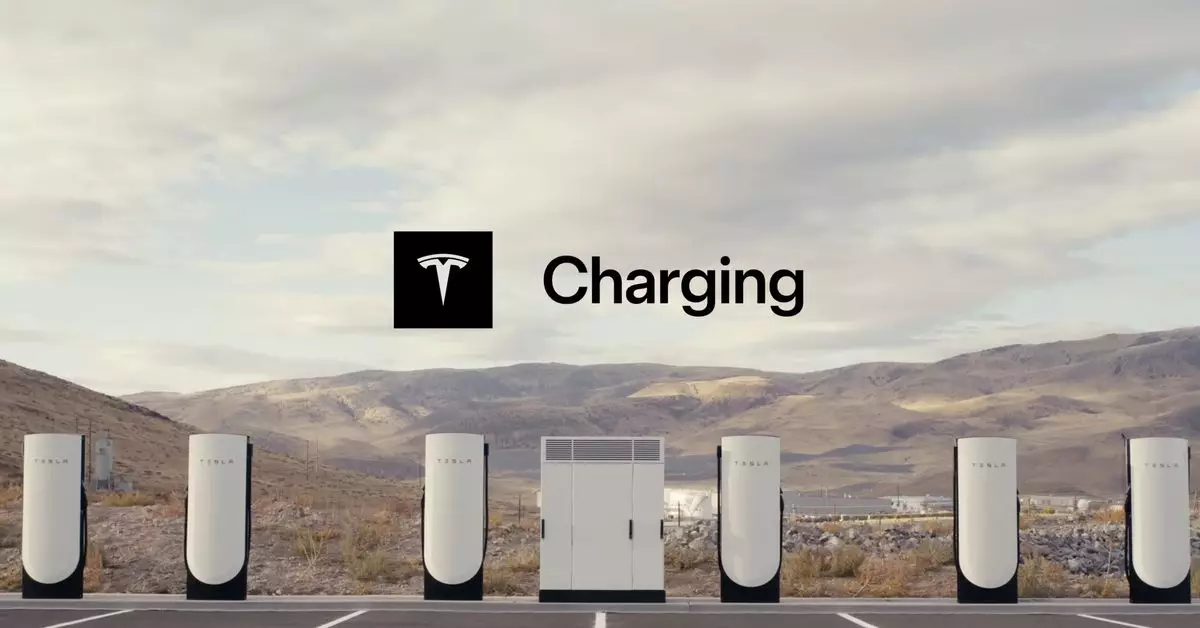As the electric vehicle (EV) market continues to grow, the infrastructure supporting it is gradually evolving to meet increasing demands. Tesla, a leading player in the sector, is preparing to unveil its highly anticipated V4 Supercharger stations in the upcoming year. These advanced charging stations will boast impressive capabilities, featuring charging power of up to 500kW for passenger vehicles, and an astounding 1.2MW for heavy-duty Tesla Semi trucks. This innovative leap in charging technology could redefine the EV ownership experience and accelerate the shift toward sustainable transport.
Permitting and Development: The Road Ahead
Tesla is currently in the permitting phase for the installation of these new V4 cabinet stations, a crucial step in the deployment process. Unlike their predecessors, the V4 stations are designed to seamlessly integrate with upgraded electronics that enhance the charging efficiency for not just Tesla vehicles but also for models from various manufacturers such as Ford and Volkswagen. With regulatory approvals underway, the expectation is that these stations will begin operating in the next year, offering EV owners faster and more reliable charging solutions.
With the roll-out of the V4 stations, Tesla is addressing various user experience concerns prevalent among EV drivers. One notable improvement is the introduction of physical payment terminals, simplifying the payment process and eliminating reliance on mobile apps. The new charging cords will also be longer, allowing drivers from different manufacturers the flexibility to connect without the fear of blocking additional charging spots. Additionally, the integration of CCS (Combined Charging System) connectors means drivers will no longer need to carry their own adapters, making spontaneous charging a more viable option.
Tesla has been progressively rolling out V4 charging stalls, beginning in Europe and select locations in the United States. However, the initial installations have been limited by the capabilities of previous V3 Supercharger stations, which top out at 250kW. While these power levels have served a purpose, they fall short of what modern EVs, particularly high-performance models from brands like Porsche and Hyundai, require for optimal charging. The forthcoming V4 Supercharger stations will rectify this deficiency, providing higher voltage options that ensure faster charging times, which is crucial for EV users seeking minimal downtime.
Tesla’s commitment to advancing charging technology through the V4 Supercharger stations plays a pivotal role in shaping the future of electric mobility. The enhanced charging capabilities will not only benefit Tesla owners but also support a broader range of EVs, thereby encouraging more consumers to transition to electric vehicles. As charging times decrease and accessibility increases, the barriers to EV adoption will diminish. This could ultimately manifest in a significant uptick in EV sales, propelling the industry toward a more sustainable future.
Tesla is poised to transform the EV landscape with its innovative V4 Supercharger stations, setting new standards for efficiency and usability. As we move closer to their launch, the anticipation surrounding their impact on electric mobility continues to grow.

